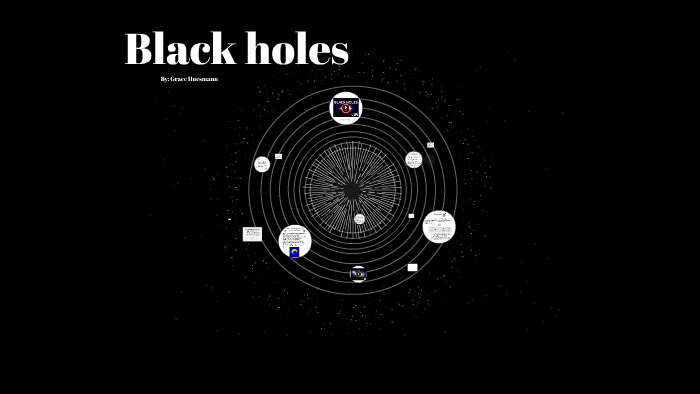
Their journey and findings would be lost to the rest of the entire universe for all time. Keeping in mind that nothing can escape the gravitational pull beyond the event horizon, the in-falling person would not be able to send any information about their findings back out beyond this horizon. Now, if a person found an isolated supermassive black hole suitable for scientific study and decided to venture in, everything observed or measured of the black hole interior would be confined within the black hole’s event horizon. To enter one safely, you would need to find a supermassive black hole that is completely isolated and not feeding on surrounding material, gas, and or even stars. They are most certainly not hospitable and would make traveling into the black hole extremely dangerous. These disks are called accretion disks and are very hot and turbulent. Most black holes that we observe in the universe are surrounded by very hot disks of material, mostly comprising gas and dust or other objects like stars and planets that got too close to the horizon and fell into the black hole. Credit: Leo and Shanshan Rodriguez, CC BY-ND Other considerations The person would experience spaghettification, and most likely not survive being stretched into a long, thin noodlelike shape.Ī person falling into a supermassive black hole would likely survive. In other words, if the person is falling feet first, as they approach the event horizon of a stellar mass black hole, the gravitational pull on their feet will be exponentially larger compared to the black hole’s tug on their head.
#Jour ey into a black hole free#
This implies, due to the closeness of the black hole’s center, that the black hole’s pull on a person will differ by a factor of 1,000 billion times between head and toe, depending on which is leading the free fall. Thus, someone falling into a stellar-size black hole will get much, much closer to the black hole’s center before passing the event horizon, as opposed to falling into a supermassive black hole. The supermassive black hole at the center of our Milky Way galaxy, by contrast, has a mass of roughly 4 million solar masses, and it has an event horizon with a radius of 7.3 million miles or 17 solar radii. For a black hole with a mass of our Sun (one solar mass), the event horizon will have a radius of just under 2 miles. The radial size of the event horizon depends on the mass of the respective black hole and is key for a person to survive falling into one. Even light, the fastest-moving thing in our universe, cannot escape – hence the term “black hole.” Credit: Leo and Shanshan, CC BY-NDĪt the event horizon, the black hole’s gravity is so powerful that no amount of mechanical force can overcome or counteract it. Perhaps, but Kurzgesagt's explainer certainly helps bring us a little closer.įollow CNET's 2021 Space Calendar to stay up to date with all the latest space news this year.The distance from a black hole’s center of mass to where gravity’s pull is too strong to overcome is called the event horizon.

"There is no good concept to help our brains grasp these timescales," the trusty narrator says. Later in the piece, Kurzgesagt explains how long black holes live for. Astronomers recently saw this happen to a star in real time, about 215 million light-years from Earth. Fortunately, we don't have the capability to get close to a black hole quite yet, so humans don't need to worry about this. When an object gets close to a black hole, the side that's closer to the behemoth is pulled more strongly by gravity than the side that's farther away. The video also explains the concept of "spaghettification," which we've discussed in the past.

In the mind-bending, universe-breaking video uploaded on Tuesday, the Kurzgesagt team take viewers deep inside a black hole, explaining what happens if you fall in and the fate that awaits the hole - in the inconceivably distant future - when it begins to die. Kurzgesagt's latest video is dubbed the "ultimate guide to black holes" and it's an absolute must-watch. For those unfamiliar with the channel, I can't recommend it more: The team's unique art style and clear, straightforward explanations are unmatched. One of the best and most visually impressive science channels on YouTube is Kurzgesagt, a Munich-based team of animators who consistently knock it out of the galaxy when it comes to explaining concepts like string theory or genetic engineering. Last week, we were fascinated by the tiny "unicorn" black hole discovered close to Earth. If you're a longtime reader of CNET Science, you know we're very, very interested in black holes.


 0 kommentar(er)
0 kommentar(er)
